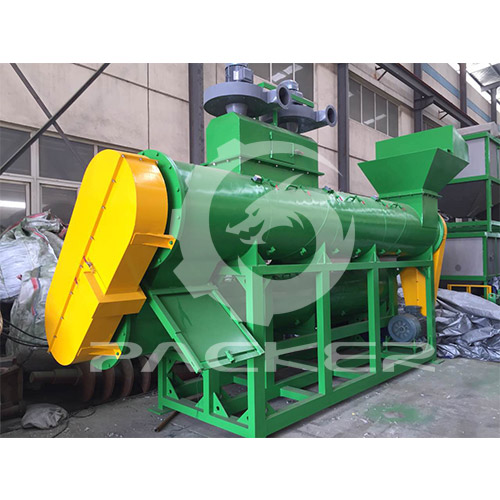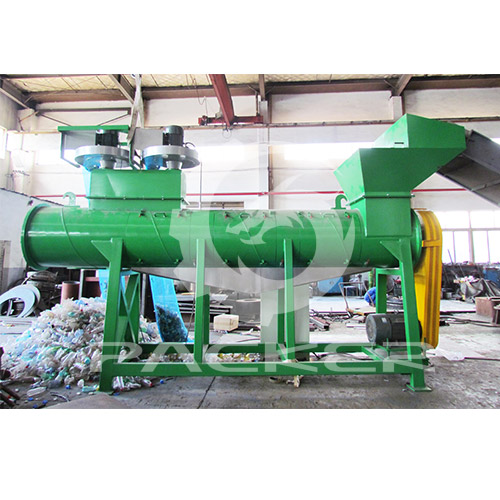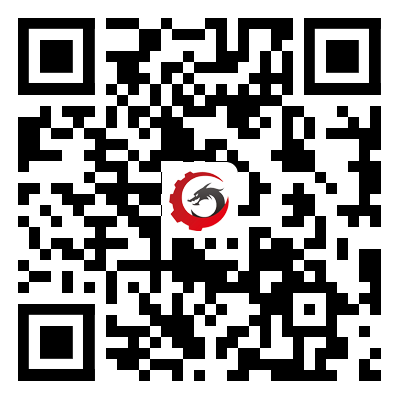 English
English Español
Español  Português
Português  русский
русский  Français
Français  日本語
日本語  Deutsch
Deutsch  tiếng Việt
tiếng Việt  Italiano
Italiano  Nederlands
Nederlands  ภาษาไทย
ภาษาไทย  Polski
Polski  한국어
한국어  Svenska
Svenska  magyar
magyar  Malay
Malay  বাংলা ভাষার
বাংলা ভাষার  Dansk
Dansk  Suomi
Suomi  हिन्दी
हिन्दी  Pilipino
Pilipino  Türkçe
Türkçe  Gaeilge
Gaeilge  العربية
العربية  Indonesia
Indonesia  Norsk
Norsk  تمل
تمل  český
český  ελληνικά
ελληνικά  український
український  Javanese
Javanese  فارسی
فارسی  தமிழ்
தமிழ்  తెలుగు
తెలుగు  नेपाली
नेपाली  Burmese
Burmese  български
български  ລາວ
ລາວ  Latine
Latine  Қазақша
Қазақша  Euskal
Euskal  Azərbaycan
Azərbaycan  Slovenský jazyk
Slovenský jazyk  Македонски
Македонски  Lietuvos
Lietuvos  Eesti Keel
Eesti Keel  Română
Română  Slovenski
Slovenski  मराठी
मराठी  Srpski језик
Srpski језик
What type of Labelling are used for PET bottles?
2023-12-16
PET (polyethylene terephthalate) bottles are commonly labeled using various methods, and the choice of labeling depends on factors such as the type of product, design preferences, and production requirements.
Pressure-sensitive labels (PSL): These are adhesive labels that can be applied to the surface of PET bottles. PSLs are popular for their versatility, ease of application, and ability to accommodate various label shapes and sizes.

Shrink sleeve labels: Shrink sleeves are labels made from plastic film materials that shrink tightly around the contour of the PET bottle when heat is applied. This type of labeling provides a 360-degree coverage, allowing for more design space and better aesthetics.
In-mold labels (IML): In-mold labeling is a process where labels are placed in the mold before the PET bottle is formed. During the molding process, the label becomes an integral part of the bottle, resulting in a seamless, durable, and tamper-evident label.
Direct printing: Some PET bottles are labeled using direct printing methods, such as inkjet or thermal transfer printing. This approach eliminates the need for separate labels and can be a cost-effective option for large production runs with simple designs.
Sleeve labels: Sleeve labels are similar to shrink sleeves but are not applied directly through heat. Instead, they are slipped onto the PET bottle like a sleeve and then secured in place through other means, such as adhesives or heat.
Roll-fed labels: Roll-fed labels are applied to PET bottles during the manufacturing process. Labels are usually in the form of a continuous roll, and they are cut and applied to each bottle as it moves along the production line.
The choice of labeling method depends on factors such as the desired visual appeal, production speed, cost considerations, and the characteristics of the product being packaged. Each labeling method has its advantages and may be more suitable for specific applications.




